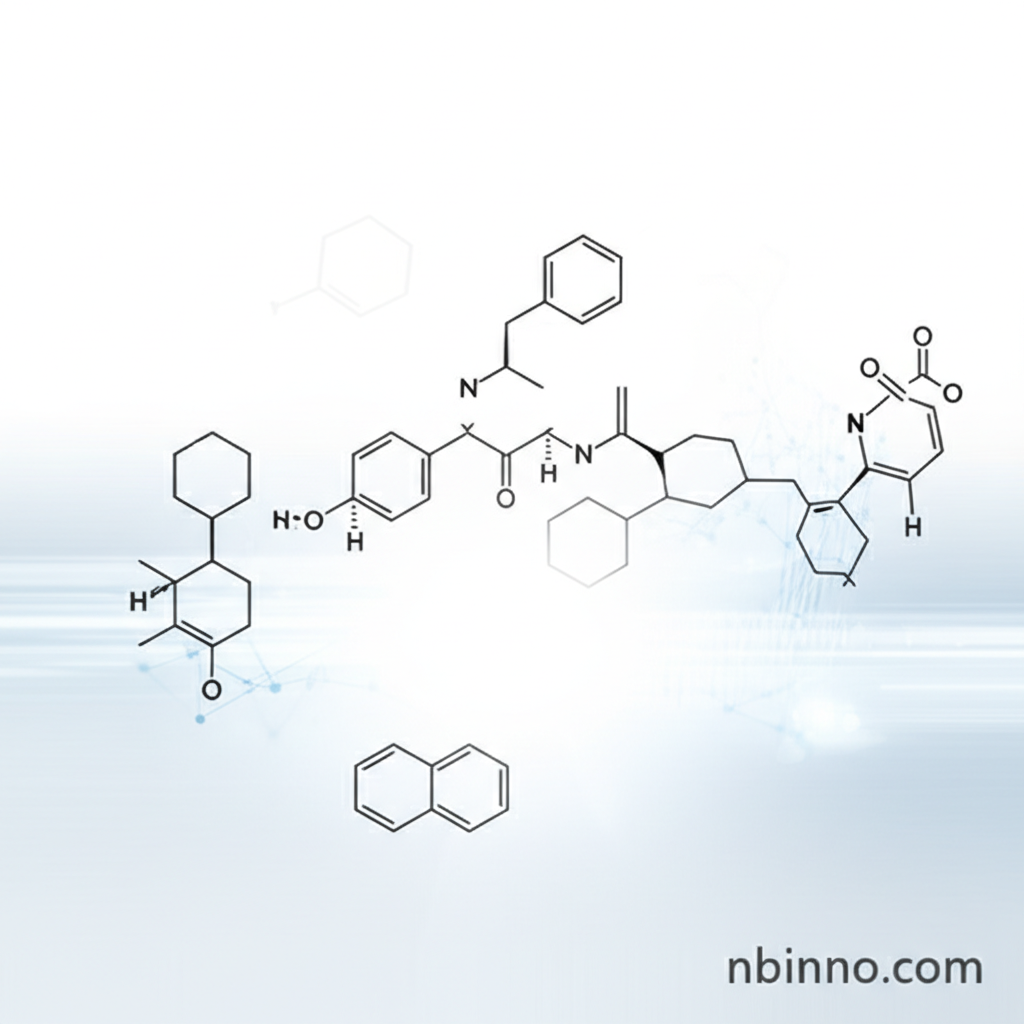2-Bromo-5-(2-octyldodecyl)thiophene: A Key Intermediate for Advanced Organic Electronic Materials
Unlock the potential of your organic electronic devices with this high-purity thiophene derivative.
Get a Quote & SampleProduct Core Value

2-Bromo-5-(2-octyldodecyl)thiophene
This brominated thiophene derivative is a critical component for the development of cutting-edge organic electronic devices. Its unique molecular structure, combining a thiophene core with a long alkyl chain and a reactive bromine atom, provides excellent solubility, processability, and a platform for diverse synthetic modifications.
- High Purity Chemical Intermediate: With a minimum purity of 97%, this compound ensures reliable performance in sensitive organic electronic applications.
- Enables OFET and OLED Precursor Synthesis: It serves as a vital building block for creating advanced materials used in Organic Field-Effect Transistors (OFETs) and Organic Light-Emitting Diodes (OLEDs), facilitating efficient charge transport and light emission.
- Ideal for OPV Materials: As a key intermediate for Organic Photovoltaics (OPVs), it contributes to the synthesis of materials that enhance solar energy conversion efficiency.
- Facilitates Further Functionalization: The bromine atom allows for straightforward subsequent reactions, such as palladium-catalyzed cross-coupling, enabling the creation of complex molecular architectures essential for high-performance semiconductors.
Key Advantages
Enhanced Solubility
The presence of the long octyldodecyl alkyl chain significantly improves the solubility of this thiophene derivative for OPVs, making it easier to process into thin films.
Versatile Reactivity
Leveraging its CAS 1004524-17-7 chemical properties, the bromine atom acts as a versatile handle for various coupling reactions, allowing for tailored material design.
Optimized Electronic Properties
As an organic electronic materials intermediate, it plays a crucial role in tuning the electronic properties, such as HOMO-LUMO levels, of synthesized polymers and small molecules.
Key Applications
Organic Field-Effect Transistors (OFETs)
Used as a monomer or building block for synthesizing semiconducting polymers and small molecules that form the active layer in OFETs, enabling high charge mobility.
Organic Light-Emitting Diodes (OLEDs)
Serves as a precursor for charge transport layer materials or emissive layer components, contributing to efficient and stable OLED performance.
Organic Photovoltaics (OPVs)
A critical component in the synthesis of donor or acceptor materials for OPVs, enhancing light absorption and charge separation for improved solar energy conversion.
Polymer Solar Cells (PSCs)
Its chemical structure makes it suitable for developing efficient semiconducting polymers used in the active layers of polymer solar cells.
